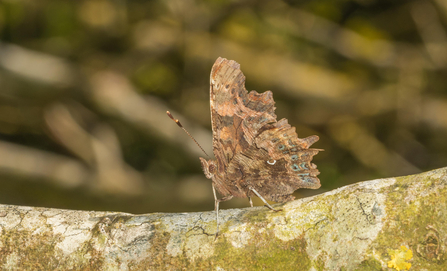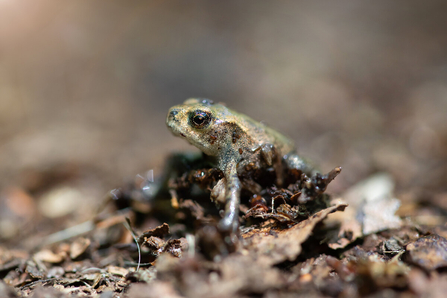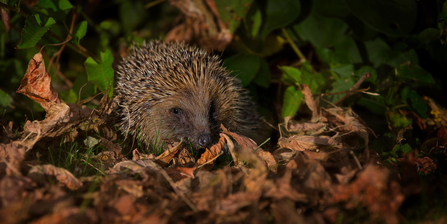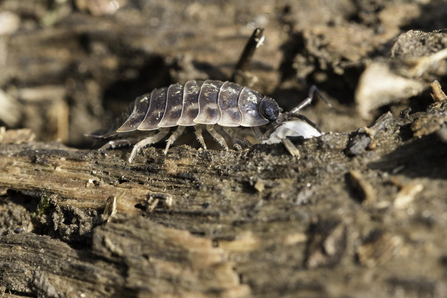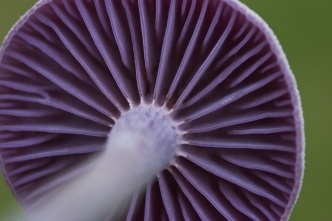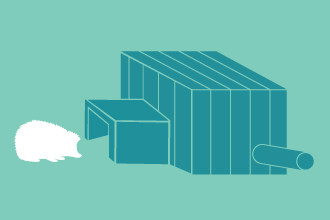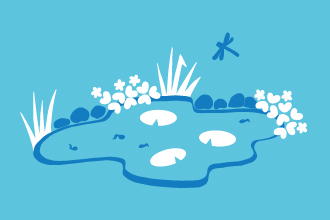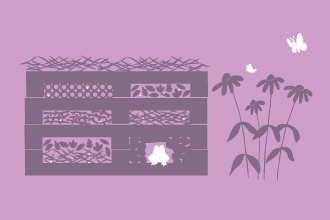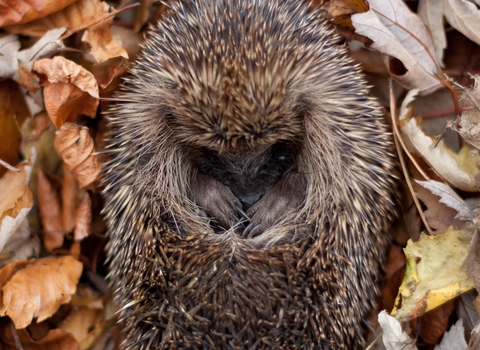Carpets of colourful leaves underfoot are the epitome of autumn as deciduous trees prepare for the long winter ahead.
Nature is nothing but resourceful. Whilst the trees may be done with their leaves for the time being, it’s certainly not long before other wildlife is taking advantage of this new leafy blanket.
Providing a warm, safe place to shelter from the elements, leaf litter supports a whole range of species – a hidden world of litter critters snuggled amongst the foliage.


